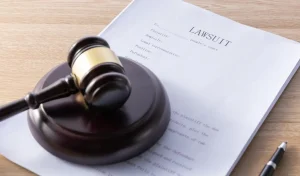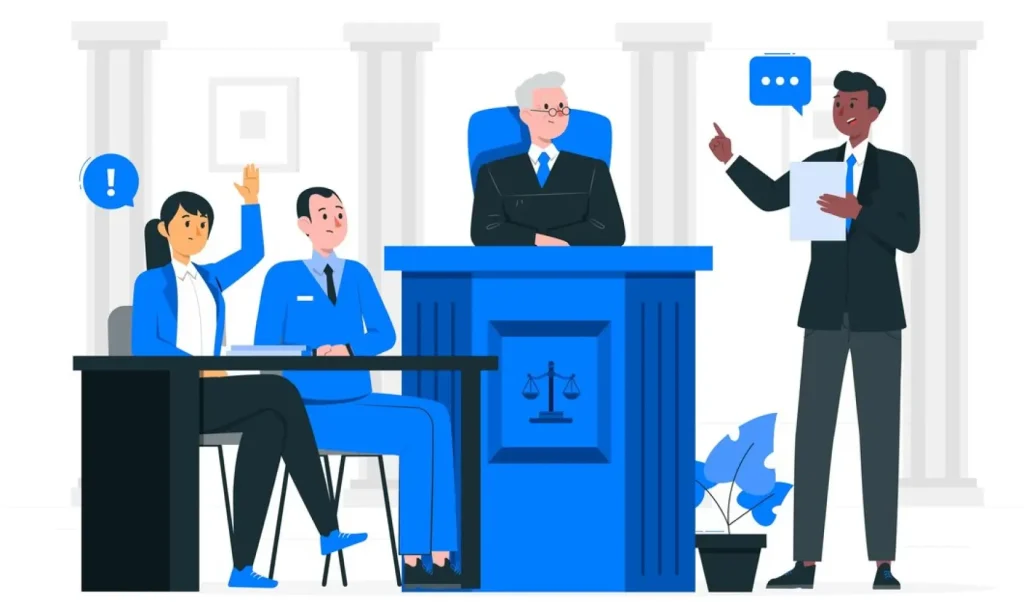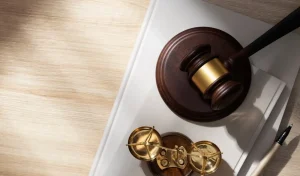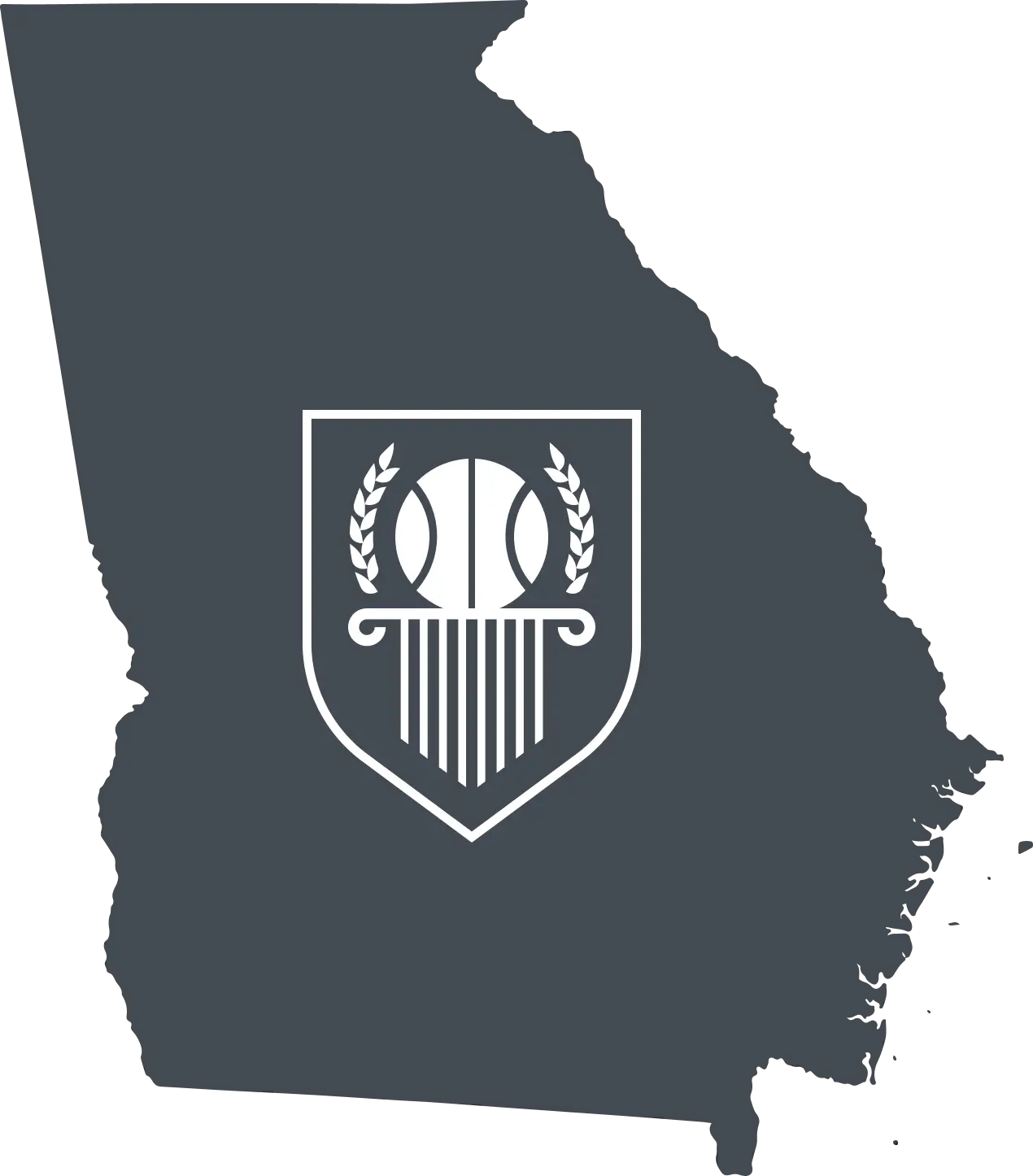
If you’ve been injured in a car accident or any other incident due to someone else’s negligence, you’re probably wondering about the timeline of a personal injury lawsuit. This comprehensive guide is here to provide you with answers to your questions, whether you’re the injured party looking to file a personal injury claim or the defendant in a personal injury case. We’ll walk you through the various stages of the legal process and shed light on how long it typically takes to resolve a personal injury lawsuit.
Why Timing In a Personal Injury Case Matters
In the realm of personal injury cases, timing plays a pivotal role that can significantly impact the outcome. While it’s natural to seek a swift resolution, rushing into quick settlements may not always guarantee fair compensation for the injured party. Achieving the right balance between time and justice becomes a critical endeavor in these situations.
When deciding whether to file personal injury lawsuits, understanding the statute of limitations, the nature of the injury, and the circumstances surrounding it, such as tort, medical malpractice, or mounting medical bills and medical expenses, is essential for making informed decisions that prioritize the rights and well-being of the injured person.
Proudly Serving Duluth and All of Georgia Contact us to start your recovery! Explore Our Practice Areas

The Initial Steps to File a Personal Injury Lawsuit
Before diving into the courtroom drama, there are crucial steps to take.
1. Finding a Personal Injury Lawyer to File a Lawsuit
When you’ve suffered a personal injury, your first and most crucial step should be securing competent legal representation. An experienced Duluth personal injury attorney will serve as your guide through the often intricate and complex legal process.
Click to contact our personal injury lawyers today

2. Filing a Personal Injury Claim
An experienced personal injury attorney will serve as your guide through the often intricate and complex legal process. They will assess the specific circumstances of your case, whether it’s related to an accident or injury, and help you determine the appropriate course of action. This includes assisting you in filing the initial claim, marking the formal commencement of the lawsuit, and ensuring that your rights and interests are well-protected throughout the legal proceedings.
Complete a Free Case Evaluation form now
3. Evidence Collection
After a personal injury lawsuit is filed and the legal process begins, both parties involved will embark on the crucial phase of building their respective cases. Evidence collection is a fundamental aspect of this process. It encompasses gathering a wide range of evidence, which may include medical reports detailing the extent of injuries, witness testimonies, accident reports, and even security footage if applicable.
The goal is to compile a comprehensive body of evidence that will be essential in presenting a strong case in court or during negotiations, especially considering the specific type of personal injury involved. This phase requires careful attention to detail and a deep understanding of personal injury law, which is often provided by a skilled legal team or law firm.

4. Witness Interviews
In the midst of a personal injury lawsuit, gathering witness testimonies becomes a pivotal element of building a strong case. Witnesses can provide invaluable information, offering unique perspectives on the incident that can significantly influence the outcome in your favor.
5. Negotiation & Settlement
As the legal process unfolds, negotiations and the possibility of a settlement often come into play. Many personal injury cases reach a point where both parties involved find it more economically feasible to settle out of court. This can help streamline the resolution process and alleviate the need for a lengthy trial.
Settlement discussions can encompass various aspects, including compensation for property damage, addressing emotional distress, and other relevant factors that govern personal injury cases. Understanding the basics of personal injury law and the specific type of personal injury you’re dealing with is crucial during this phase.
6. Initial Offers
During the settlement negotiation phase of a personal injury case, several key steps unfold. First, the defendant’s insurance company typically presents an initial settlement offer, which sets the stage for further discussions.
Your attorney plays a crucial role during this phase, advising you on whether to accept, decline, or counteroffer the presented settlement. It’s essential to pursue a fair settlement that accurately reflects the extent of your damages and injuries. However, reaching a settlement isn’t always straightforward, especially when parties cannot settle on the terms or when fault for the accident is disputed. In such cases, the need for an experienced personal injury lawyer becomes even more evident as they work diligently to protect your rights and interests throughout the negotiation process.
7. Counteroffers
During settlement negotiations, your attorney will play a critical role in advising you on how to respond to offers. They’ll help you determine whether it’s best to accept an offer, decline it, or counteroffer with different terms. This phase is essential for ensuring that any potential settlement aligns with the extent of your damages and injuries.
8. Pre-Trial Preparations
If an acceptable settlement cannot be reached through negotiations, the case may proceed to court. Pre-trial preparations involve various legal processes, including gathering evidence, preparing witnesses, and building a strong case to present in court. This phase is crucial for ensuring that your side of the case is well-prepared for litigation.
9. Discovery
During the discovery phase, both parties exchange information, evidence, and relevant documents related to the case. This exchange helps each side better understand the other’s arguments and evidence. It’s an essential step in the legal process that ensures transparency and fairness in personal injury cases.
10. Mediation
Mediation is an alternative dispute resolution method where both parties, along with a neutral third-party mediator, attempt to reach a mutually acceptable agreement. It’s a step taken before going to trial, aiming to save time and resources. Mediation can be a practical way to resolve personal injury disputes without the need for a full-blown courtroom trial.

11. The Trial Phase
When a personal injury case reaches the trial phase, it marks the culmination of the legal process. The trial is conducted in a courtroom, and it can be a lengthy and complex proceeding. It’s during this phase that both sides present their arguments, evidence, and call witnesses to support their respective cases.
12. Jury Selection
Selecting an impartial jury is a crucial step in any trial. Attorneys from both sides carefully choose jurors who can objectively evaluate the case. This process ensures that the trial is fair and that the jury can make unbiased decisions.
13. Presenting the Case
During the trial, both parties present their cases in front of the jury and judge. This includes laying out their arguments, presenting evidence, and calling witnesses to testify. It’s a critical phase where the strength of each side’s case is assessed.
14. Post-Trial Scenarios
After a trial concludes, various post-trial scenarios can unfold. The verdict may not necessarily mark the end of the legal process.
15. Appeals
Either party can choose to appeal the court’s decision if they believe errors were made during the trial or if they are dissatisfied with the outcome. Appeals can prolong the legal process, and the case may go to a higher court for review.
16. Compensation
Receiving the awarded compensation can be a lengthy process, influenced by various factors such as the complexity of the case, the need for further legal actions, and negotiations with insurance companies. It’s the final step in bringing closure to a personal injury case.

Factors Affecting the Duration
The timeline of a personal injury lawsuit is not set in stone. The time it takes can vary based on several factors:
- Complexity of the Case
Complex cases involving multiple parties or unclear liability can take longer to resolve. These cases require more thorough investigations, legal research, and negotiations.
- Statute of Limitations
The statute of limitations varies by jurisdiction and type of personal injury. It’s essentially a legal time limit within which you must file a lawsuit after the injury occurs. If you miss this deadline, you may lose your right to pursue a claim. For example, in a car accident case, the statute of limitations might be two years in one state and three years in another. Therefore, understanding your state’s specific limitations is crucial to the timeline of your case.
- Types of Personal Injury Cases
The type and severity of the injury can significantly influence the lawsuit’s duration. Simple cases with minor injuries may reach a resolution more quickly, while complex cases involving severe injuries, long-term medical treatment, or disputes over liability can extend the timeline.
Factors such as the need for expert medical evaluations, negotiations, and evidence gathering can all contribute to a longer process. Therefore, it’s essential to consider the specific circumstances of your personal injury when assessing the expected duration of your lawsuit.
- Court Availability
The availability of court dates can impact the duration of a lawsuit. Crowded court calendars may lead to delays in scheduling hearings, trials, and other legal proceedings.
- Willingness For Fair Settlement
The willingness of both parties to negotiate and reach a settlement can significantly affect the timeline. If both sides are open to finding a resolution, it can expedite the process.

Conclusion
While it’s challenging to predict exactly how long a personal injury lawsuit will take, understanding the different phases and variables can help set realistic expectations. Factors like the complexity of the case, court availability, and the willingness to settle can all influence the timeline.
Additionally, the specific details of the case, such as the types of personal injury involved, the accident scene, and the economic damages claimed, can also impact the duration. It’s essential to work with an experienced attorney who can navigate these complexities and guide you through the legal process within the applicable time limits, including any statute of limitations that may apply.
Frequently Asked Questions
- Why do some lawsuits take longer than others?
Lawsuits may take longer due to complexities, multiple parties, or unclear liability.
- Can I speed up my personal injury lawsuit?
You can potentially expedite your lawsuit by being open to negotiation and settlement.
- What is the role of my attorney in the timeline?
Your attorney plays a crucial role in navigating the legal process and advocating for your case.
- How do court backlogs affect my case?
Court backlogs can lead to delays in scheduling hearings and trials, affecting your case timeline.
Call or text 404-951-3513 or complete a Free Case Evaluation form













